Introduction
Chemical tank trucks play a vital role in transporting hazardous substances across various industries. From delivering fuels and chemicals to industrial sites, these specialized vehicles ensure the efficient movement of substances necessary for our daily lives. However, the transportation of hazardous materials requires stringent safety precautions to protect the drivers, the environment, and the general public. This article will discuss the essential safety measures that should be taken with chemical tank trucks to minimize the risks associated with their operation.
- Driver Training and Qualifications
The first line of defense in chemical tank truck safety is ensuring that drivers are well-trained and qualified for the task. Drivers should receive comprehensive training on the handling of hazardous materials, including proper loading and unloading procedures, emergency response protocols, and the use of personal protective equipment (PPE). They should possess a valid commercial driver’s license with a hazardous materials endorsement and receive regular refresher courses to stay updated with the latest safety regulations.
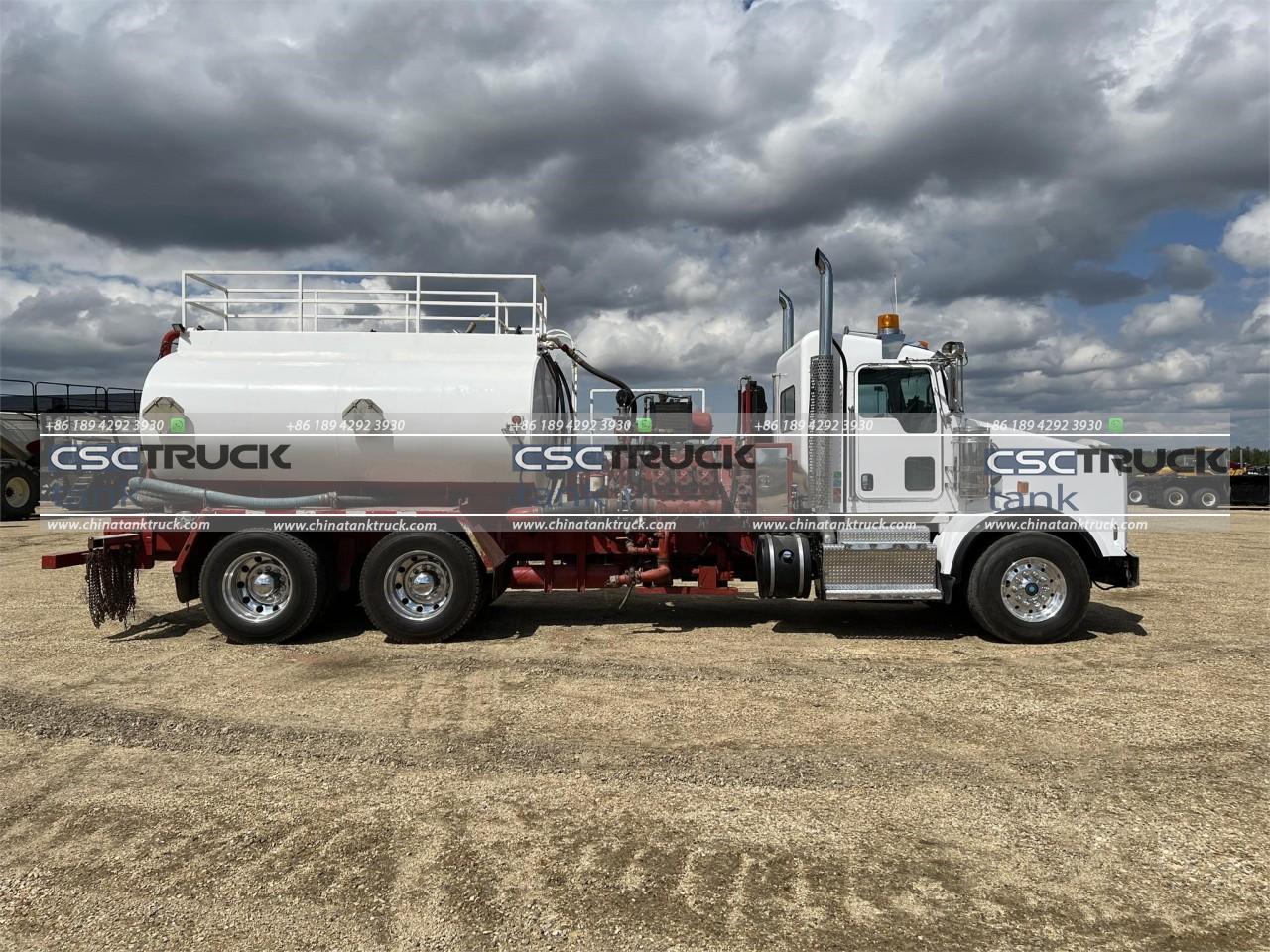
- Vehicle Maintenance and Inspection
Regular maintenance and thorough inspections of chemical tank trucks are crucial to ensure their safe operation. Any mechanical issues or potential leaks should be promptly addressed to prevent accidents. Brake systems, tires, hoses, valves, and other critical components must be regularly inspected and maintained according to manufacturer recommendations and industry standards. Comprehensive pre-trip and post-trip inspections should be conducted before and after every journey to identify any potential safety hazards.
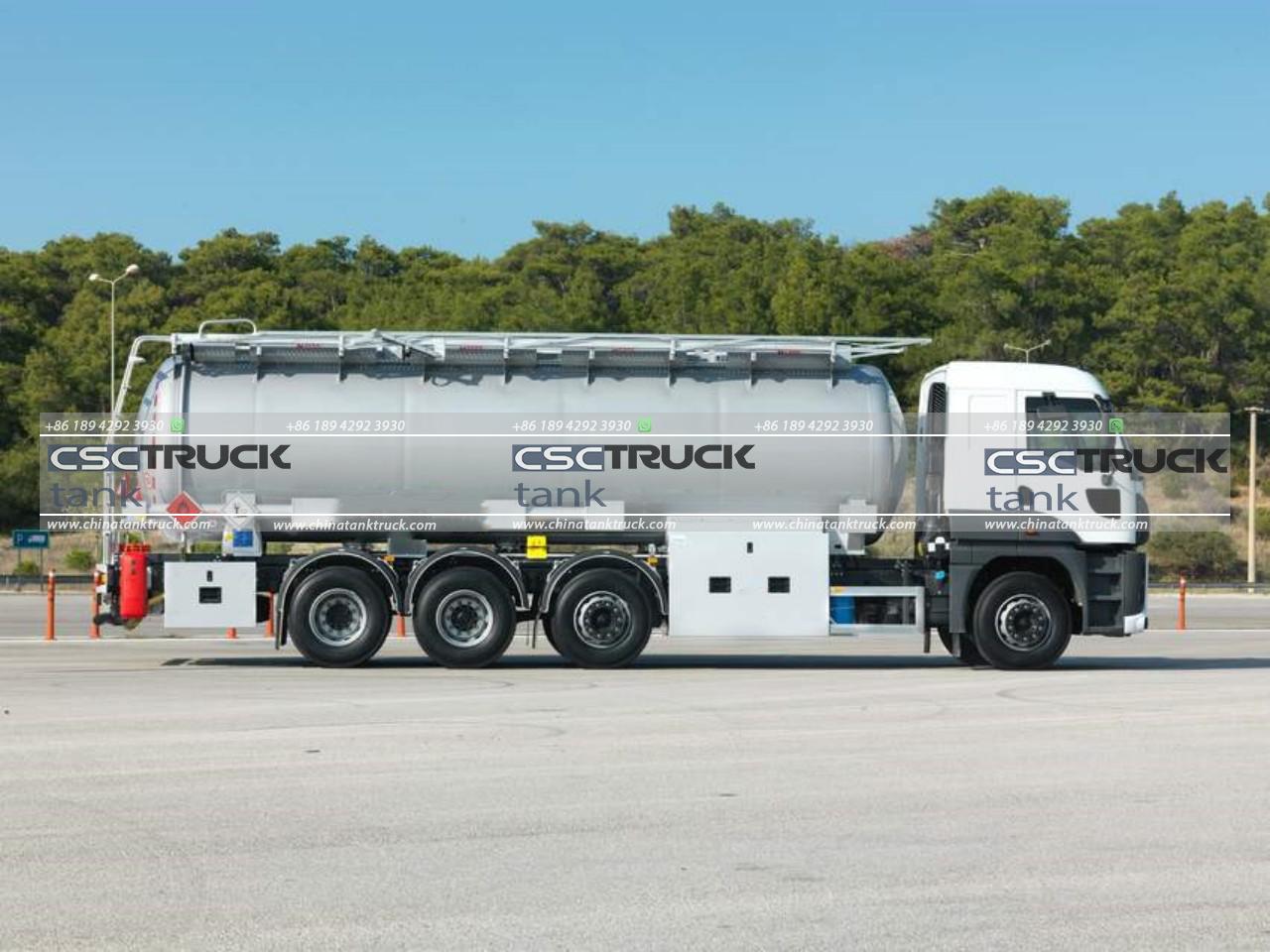
- Proper Loading and Unloading Procedures
Loading and unloading hazardous materials from chemical tank trucks require meticulous attention to detail. Only qualified personnel should handle these operations, following established protocols and industry guidelines. Proper grounding and bonding techniques should be employed to prevent electrostatic discharge, which can ignite flammable substances. The correct use of seals, gaskets, and fittings is essential to prevent leaks and spills during transit.
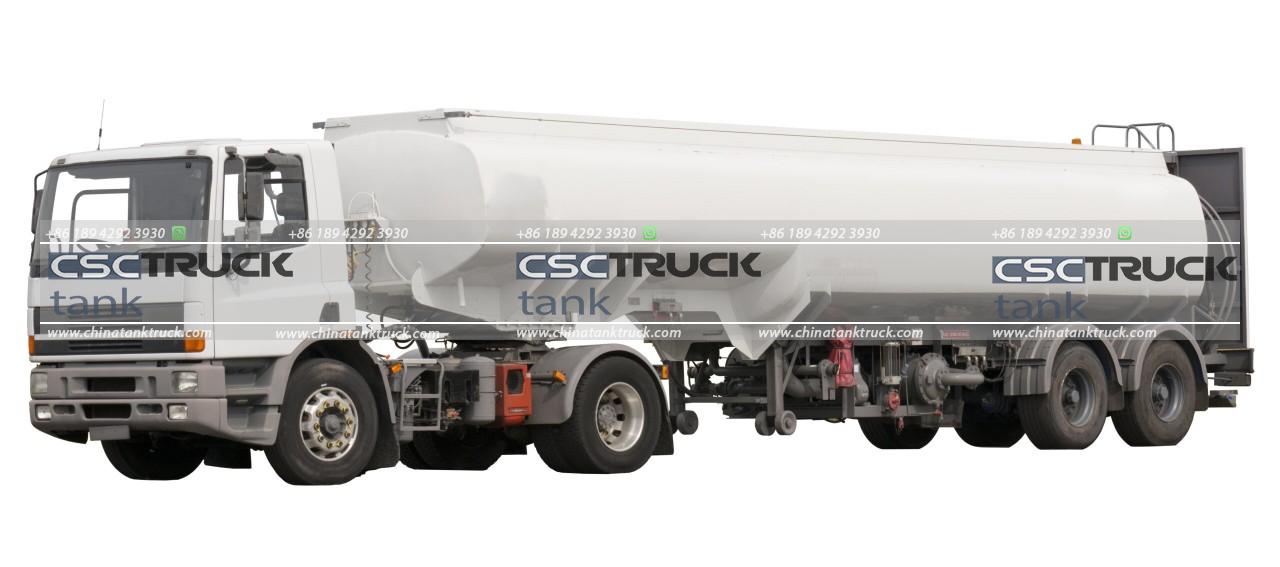
- Secure Packaging and Labeling
Chemicals transported in tank trucks must be appropriately packaged and labeled to ensure easy identification and safe handling. Containers should meet regulatory standards and be designed to withstand the rigors of transportation. Labels must display accurate information about the contents, potential hazards, and emergency contact details. Proper packaging and labeling help emergency responders take appropriate actions in case of an accident or spill.

- Emergency Response Planning
Even with all the necessary precautions, accidents can still occur. That’s why having a robust emergency response plan is crucial. Chemical tank truck operators should develop comprehensive plans outlining specific steps to be taken in case of accidents, spills, leaks, fires, or other emergencies. The plan should include emergency contact information, evacuation procedures, spill containment and cleanup protocols, and coordination with local emergency response agencies.
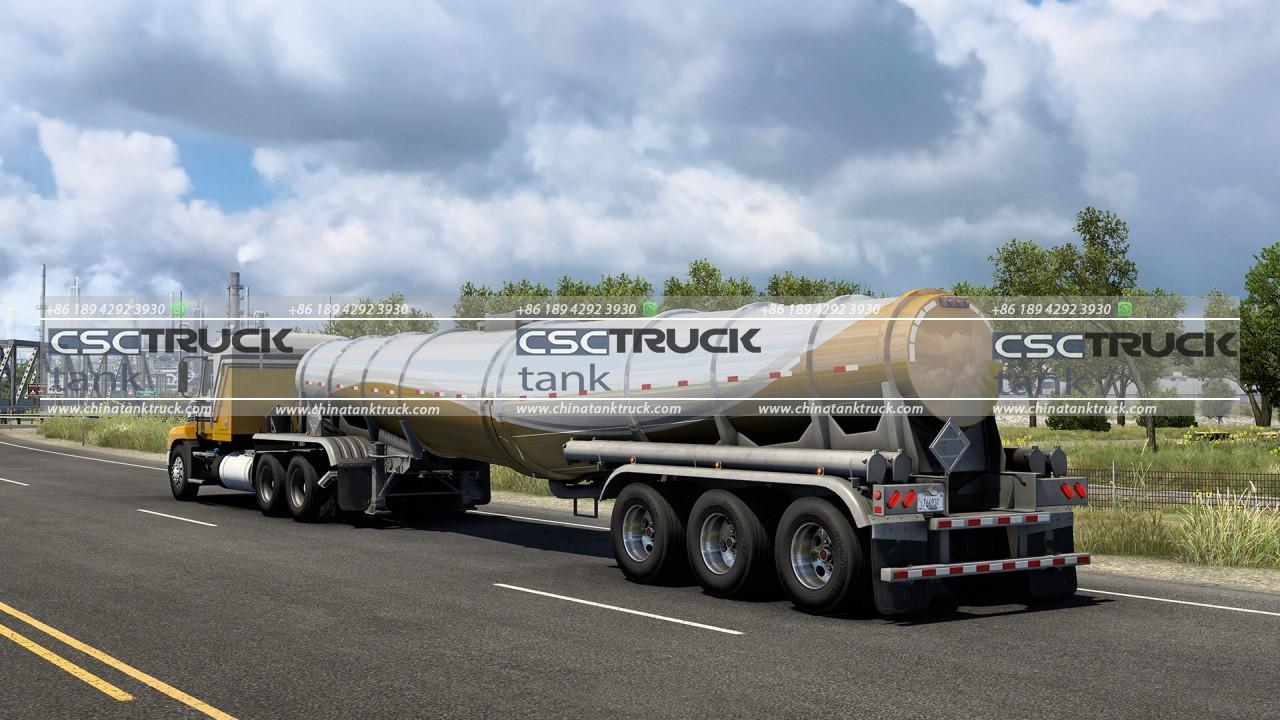
- Route Planning and Communication
Selecting the safest and most efficient routes for chemical tank truck transportation is essential. Routes should avoid densely populated areas, sensitive ecological zones, and congested roads whenever possible. Advanced technology, such as GPS and real-time traffic updates, can aid in route planning and provide drivers with up-to-date information. Effective communication between drivers, dispatchers, and relevant authorities ensures prompt responses to changing conditions or emergencies.
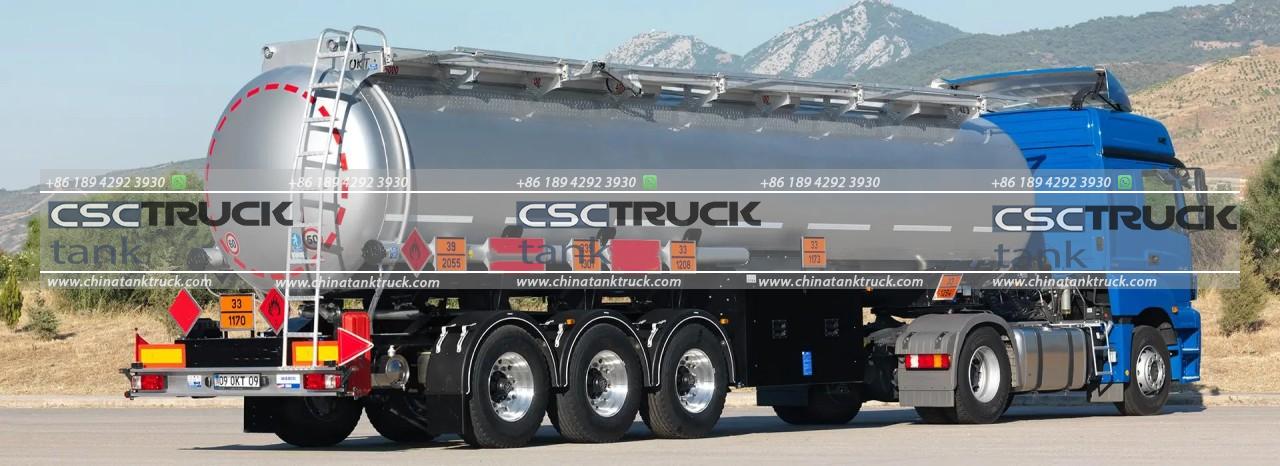
- Personal Protective Equipment (PPE)
Drivers and personnel involved in chemical tank truck operations must utilize appropriate personal protective equipment (PPE) to mitigate the risks associated with hazardous materials. This may include safety glasses, gloves, flame-resistant clothing, respirators, and protective footwear. Regular training should be provided on the correct use, maintenance, and disposal of PPE to ensure maximum effectiveness.
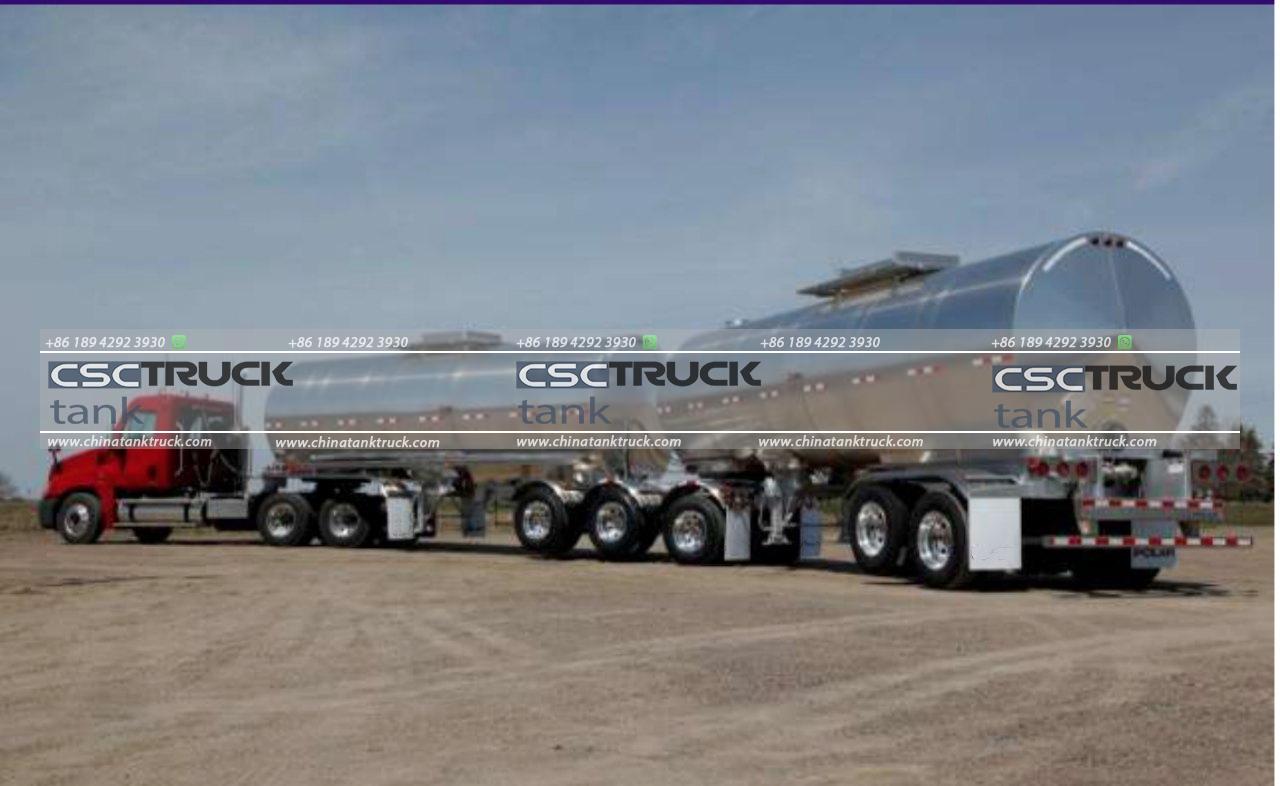
Conclusion
The safe transportation of hazardous materials is of paramount importance for the well-being of drivers, the environment, and the general public. Chemical tank truck operators must prioritize safety by implementing comprehensive measures that encompass driver training, vehicle maintenance, proper loading and unloading procedures, secure packaging and labeling, emergency response planning, route planning, and the use of personal protective equipment (PPE). By adhering to these safety precautions, the risks associated with chemical tank truck transportation can be significantly reduced.
Regulatory Compliance
In addition to the safety measures mentioned above, chemical tank truck operators must adhere to strict regulatory guidelines and industry standards. Various governmental agencies, such as the U.S. Department of Transportation’s Pipeline and Hazardous Materials Safety Administration (PHMSA), set forth regulations and requirements for the safe transportation of hazardous materials. These regulations cover everything from driver qualifications and training to vehicle design and maintenance.
Operators should conduct regular audits and internal inspections to ensure compliance with these regulations. Non-compliance can lead to severe penalties, legal consequences, and most importantly, endanger lives and the environment.
Risk Assessment and Management
Before transporting hazardous materials, a comprehensive risk assessment should be conducted. This evaluation considers factors such as the type of chemical being transported, the route, the weather conditions, potential hazards along the way, and emergency response capabilities. Based on this assessment, appropriate risk management strategies should be put in place to minimize the likelihood of accidents and mitigate their potential consequences.
Collaboration and Information Sharing
Chemical tank truck operators should foster a culture of collaboration and information sharing within their organization and with relevant stakeholders. This includes sharing best practices, lessons learned from past incidents, and insights into new safety technologies and developments.
Furthermore, collaboration with local authorities, emergency responders, and other relevant organizations is crucial. By working together, they can create effective emergency response plans, train responders, and coordinate resources to ensure a swift and effective response in case of accidents or spills.
Technology and Innovation
Advancements in technology and innovation can significantly enhance the safety of chemical tank truck operations. Implementing GPS tracking systems and real-time monitoring can help track the location of vehicles and detect potential issues before they escalate. Telematics devices can collect data on driver behavior, vehicle performance, and environmental conditions, allowing operators to identify areas for improvement and implement corrective measures.
Automation and robotics are also promising technologies that can improve safety in chemical tank truck operations. Automated loading and unloading systems can reduce the risk of human error and exposure to hazardous materials. Additionally, remote-controlled drones can be used to assess accident scenes and evaluate hazardous conditions from a safe distance.
Continuous Training and Education
Safety measures and regulations evolve, necessitating ongoing training and education for all personnel involved in chemical tank truck operations. This includes drivers, loading and unloading personnel, dispatchers, and management.
Drivers should participate in regular safety training sessions that cover new regulations, best practices, and emergency response procedures. Moreover, periodic simulations and drills should be conducted to ensure that drivers and other staff can handle emergencies with confidence and efficiency.
Public Awareness
Promoting public awareness about chemical tank truck safety is crucial to foster understanding and support within the communities where these vehicles operate. Informative campaigns can educate the public about the importance of these trucks, the safety measures in place, and what actions to take in the event of an emergency.
Conclusion
Chemical tank trucks are essential for the transportation of hazardous materials, but their operation comes with inherent risks. By adhering to stringent safety precautions, ensuring regulatory compliance, conducting thorough risk assessments, embracing technology and innovation, and promoting continuous training and public awareness, the chemical tank truck industry can greatly enhance the safety of its operations.
Operators must prioritize safety at every step of the transportation process, from driver training to emergency response planning. By doing so, they can protect their personnel, the environment, and the communities they serve while contributing to a safer and more sustainable future. With a steadfast commitment to safety and a collaborative approach, the industry can continue to thrive while safeguarding public well-being.

